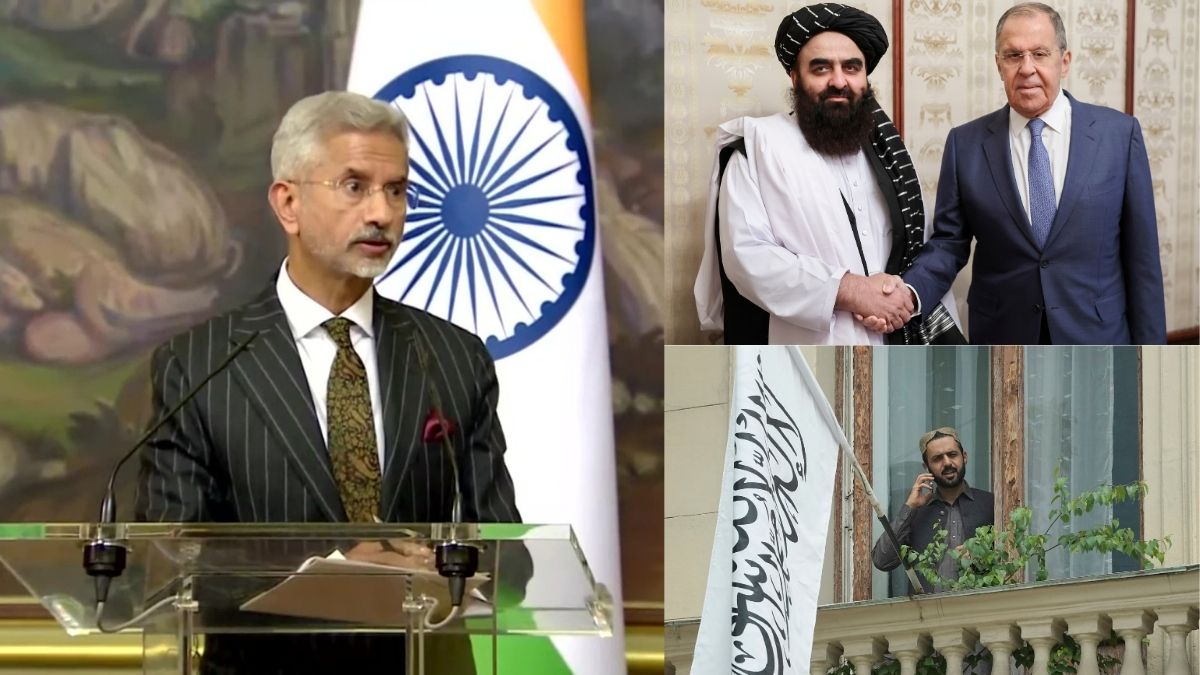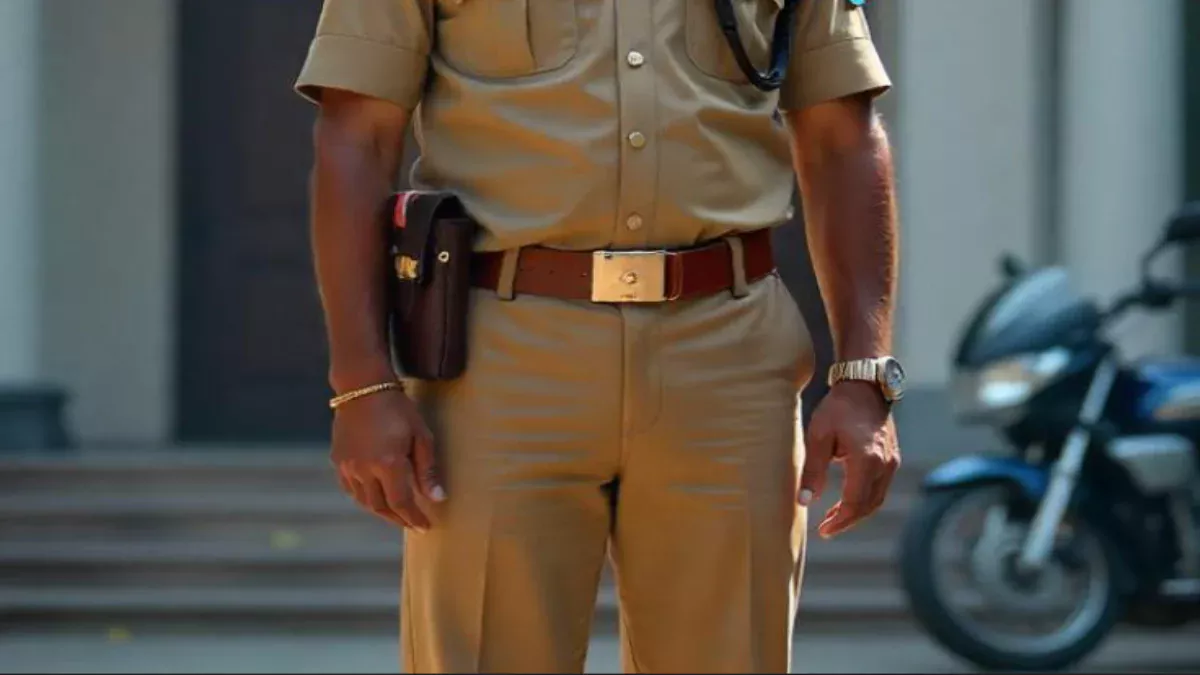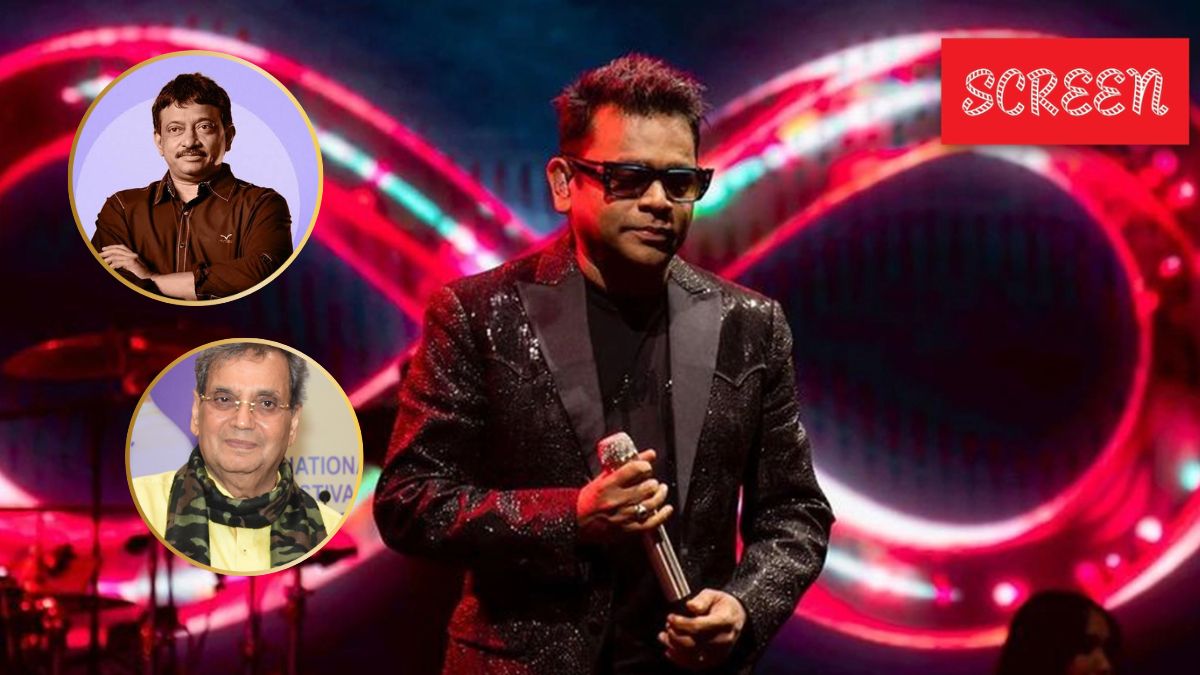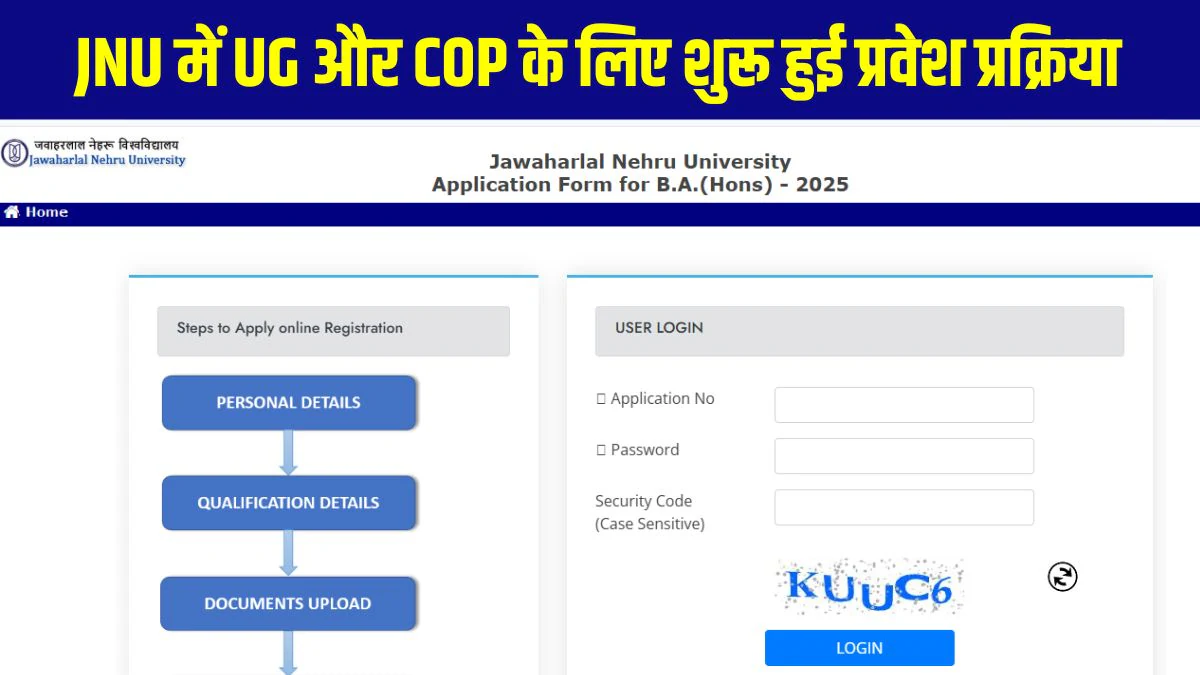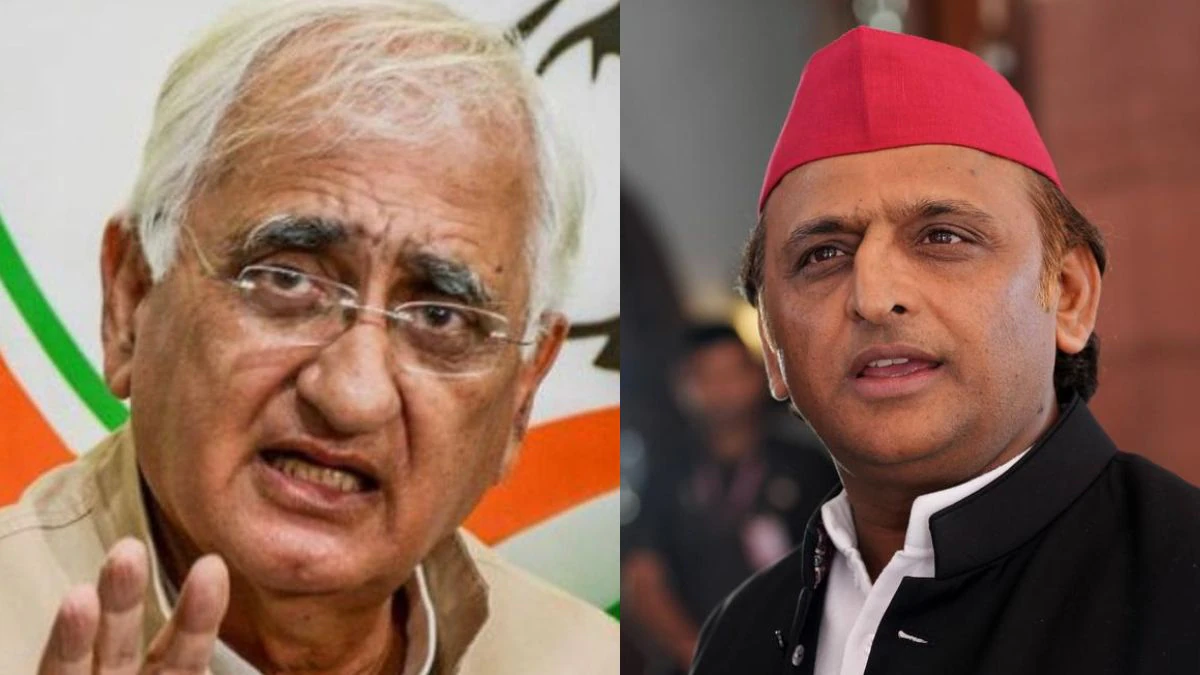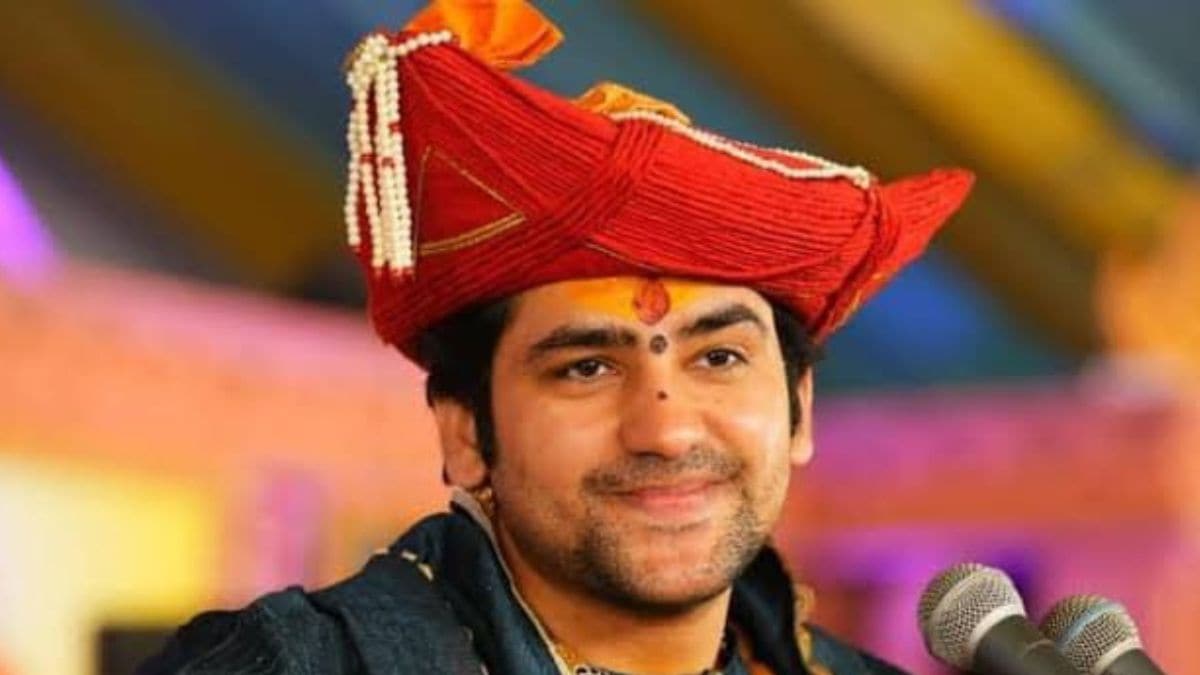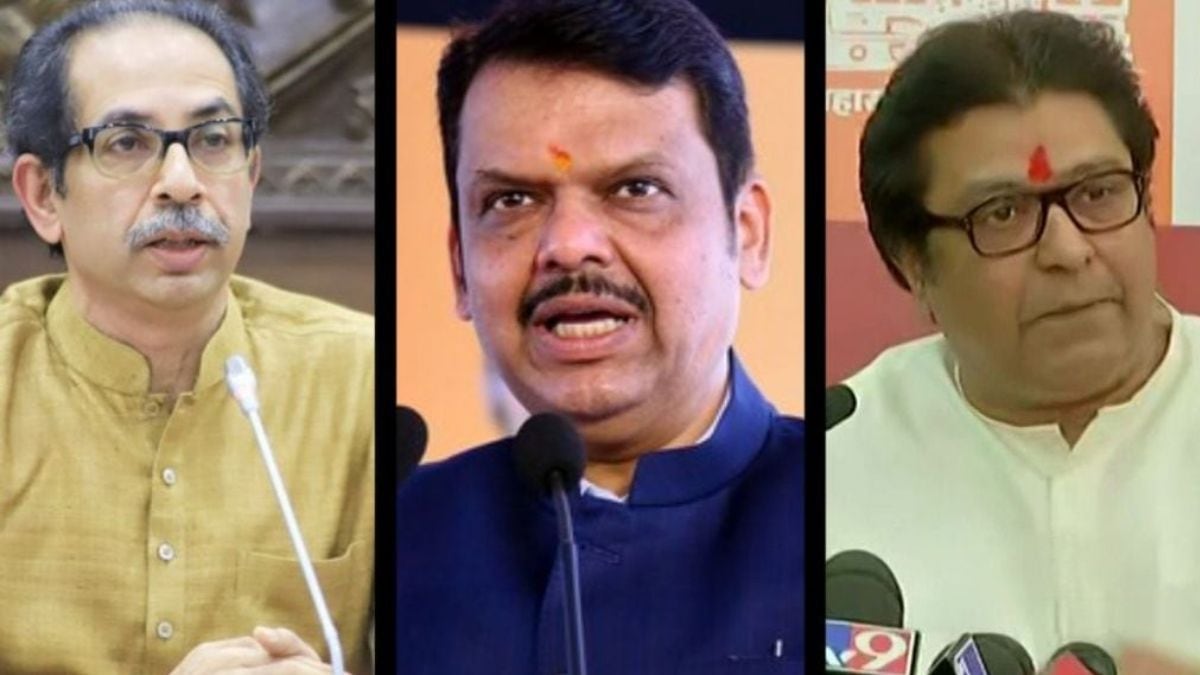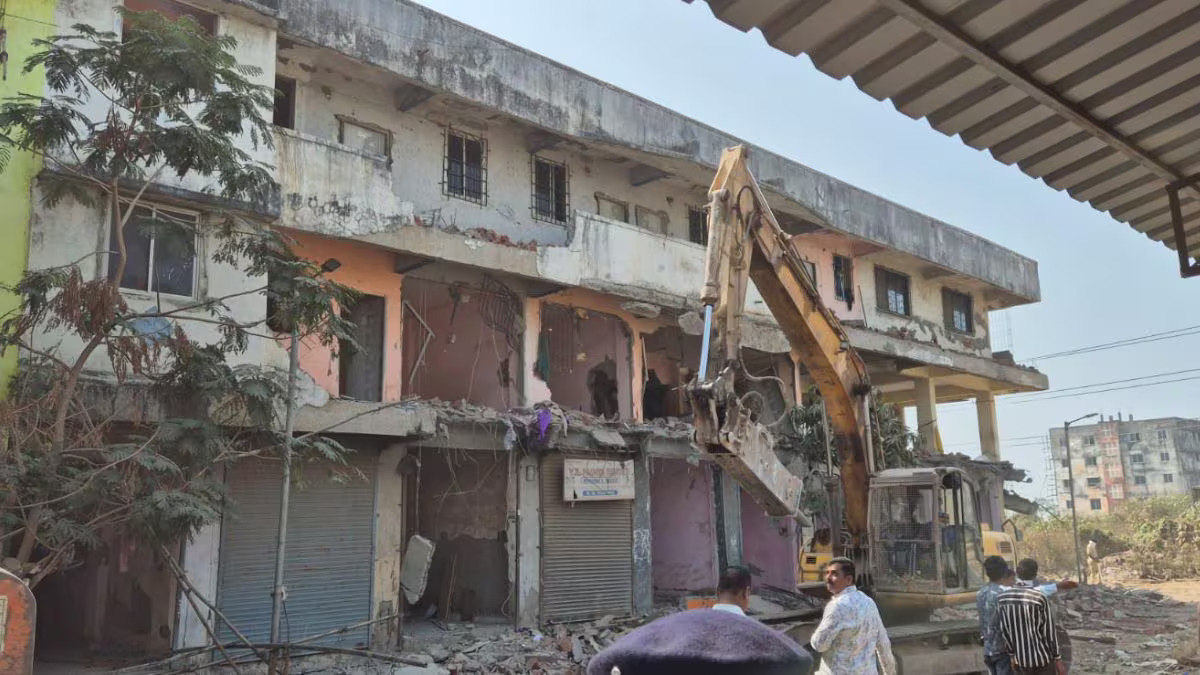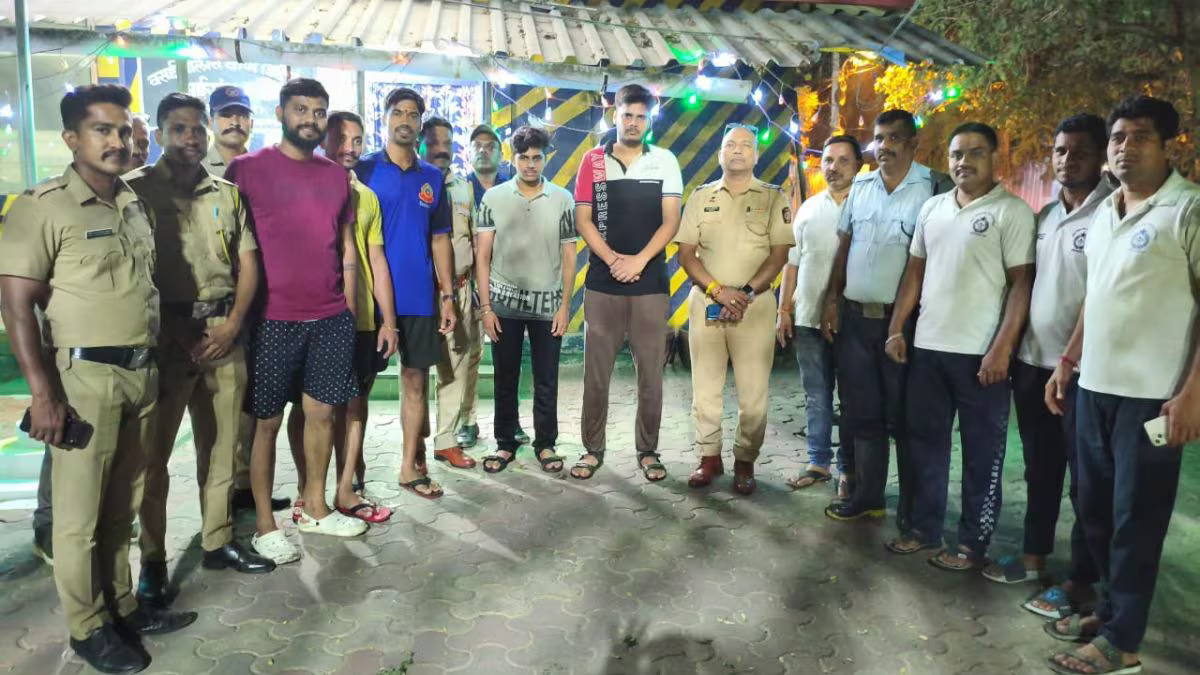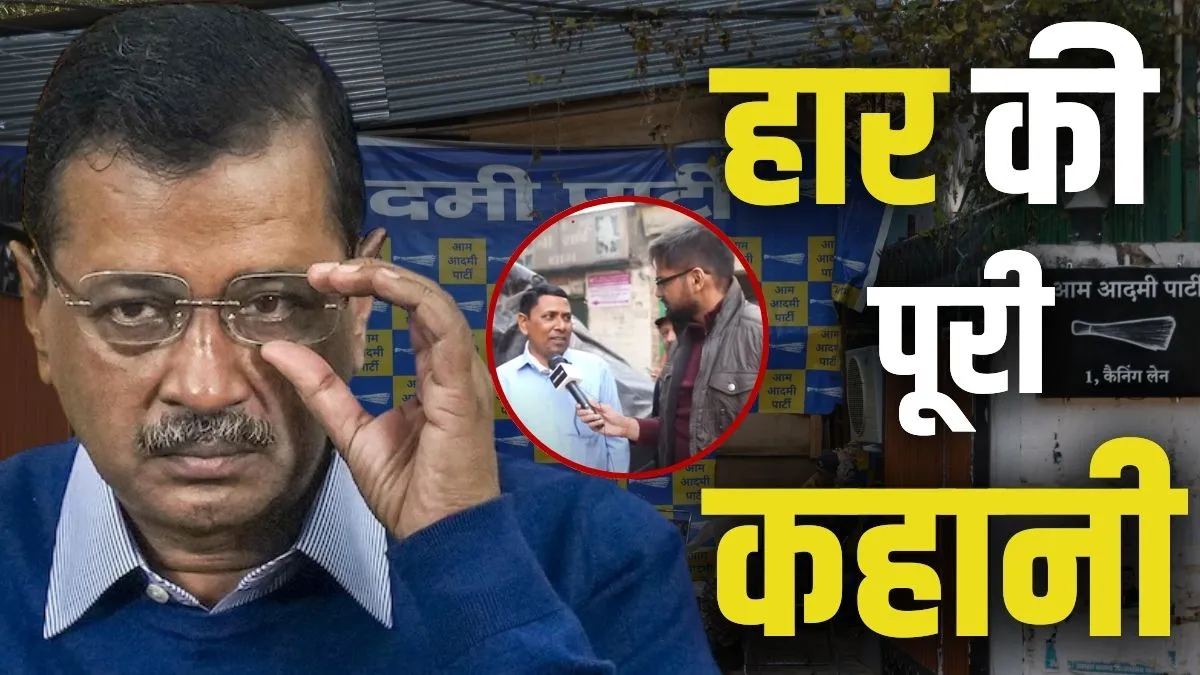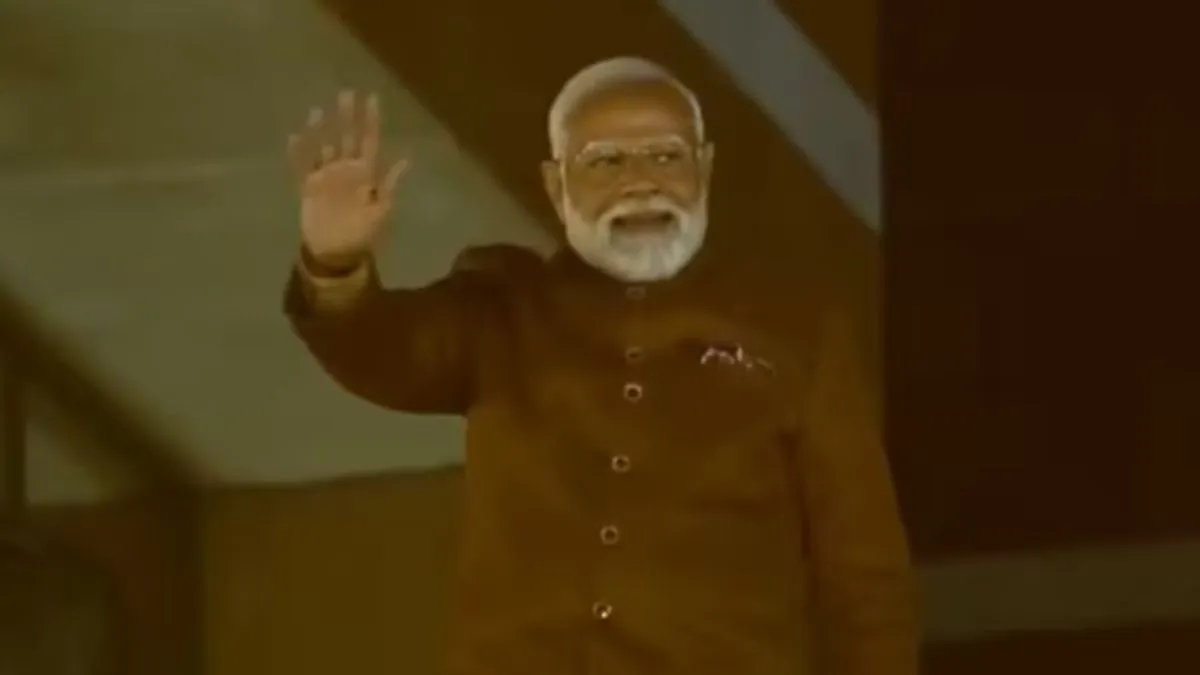One meets lawyers in black and white and people with grim, worried faces within the gates of Mamledar Kacheri in Pune’s Shukrawar Peth. Rows of tables and chairs placed outside the main office are a hive of activity as leases get drawn, letters written and stamp papers formalised. It takes only a turn into a short lane to enter an open, less-crowded area and come face to face with a dark chapter in Indian history.
A historic revolutionary, Umaji Naik, was imprisoned here before he was hanged on the premises on February 3, 1832. A peepul tree soaring towards the sky gives a chilling piece of information – it was from this tree that Naik’s body was hung for three days as a deterrent to anybody who dared to rise against the British.
The Adyakrantiveer Raje Umaji Naik Hutatma Smarak, a memorial where you are expected to remove your shoes before entering, smells of incense emanating from the space where Naik was hanged. A chandelier sparkles from the ceiling where poles used to be stretched for hangings. The tiled floor conceals a well where a wooden platform was placed for the hanging.
“In the last five to 10 years, there has been an increase in the number of people coming here but it is not enough. At a nearby colony, where there are 150 quarters, only 10 per cent of the people know about this historical place or about Umaji Naik. People living on the other side of the wall don’t know about him so what can we say about those living in other parts of Pune and India?” says Sunil Jadhav, secretary of the Adya Krantiveer Umaji Naik Kshatriya Ramvanshi Sanghatna (AKUNKRS), an organisation that is attempting to document the freedom fighter’s life and spread awareness about his role in India’s Independence.
A collection of swords, guns and handcuffs displaced against a red background in a case at the office of AKUNKRS is a tangible reminder of Naik’s fights. An archived news article, “Disturbance near Poonah” reveals that “a very large detachment composed of regular and irregular troops, has been employed for many months in the country around Poona in suppressing a disturbance among the tribe of Ramoossies.”
It went on, “It appears that the notorious Ramoossy chief, Oomiah Naik, who, some years ago, kept that part of the country in such a very disturbed state, burning, plundering and levying contributions from the villages, killing and murdering in cool blood not only the inhabitants but also our own Sepoys…. broke out again last year into open rebellion…”
According to Government of India records, Umaji Naik was born on September 7, 1791, in the Ramoshi tribe which had migrated from Telangana and put down roots in Maharashtra. Entrusted with night patrolling and policing by the Marathas, the Ramoshis were given the right to raise taxes in a few villages. The rise of the British after the defeat of the Marathas in 1818 started a difficult period for the tribe. “The Ramoshi tribe is exceptionally brave. Veer Bahirji Naik, who was in charge of intelligence during the period of Chhatrapati Shivaji Maharaj, belonged to the Ramoshi tribe,” says Jadhav.
Naik, imbued with the boldness and daredevilry of his tribe, decided to go up against the British and raised an army. In 1826, he declared himself a king. He issued a proclamation that included killing British infantry and cavalry and looting their property.
One of his dreaded attacks was on the Jejuri police headquarters where policemen were killed. British loyalists were brutally punished. “Though he was feared, Umaji Naik had strong support among the common people,” Jadhav adds. Finally, the British, led by Captain Alexander Mackintosh, arrested Naik with the help of Nana Raghu Chavan, who received Rs 10,000 from the government for his service.
Naik was placed in solitary confinement at the site of the present memorial and tried on an upper floor. A wooden door, marked Andhar Kothari, is a reminder of the route to his cell. The door is kept locked and the underground has been sealed off. It was also here that Captain Mackintosh, possibly, wrote his important work, An Account of the Origin and Present Condition of the Tribe of Ramoossies, Including the Life of the Chief Oomiah Naik.
“They were all children of Bharat Mata and she loves them equally, so why do we know of some freedom fighters and not others? In books and on social media, we talk of only a few freedom fighters. The government and the public should take the initiative to keep the memories of less-known freedom fighters alive,” Jadhav says.
Stay informed with access to our award-winning journalism.
Avoid misinformation with trusted, accurate reporting.
Make smarter decisions with insights that matter.



